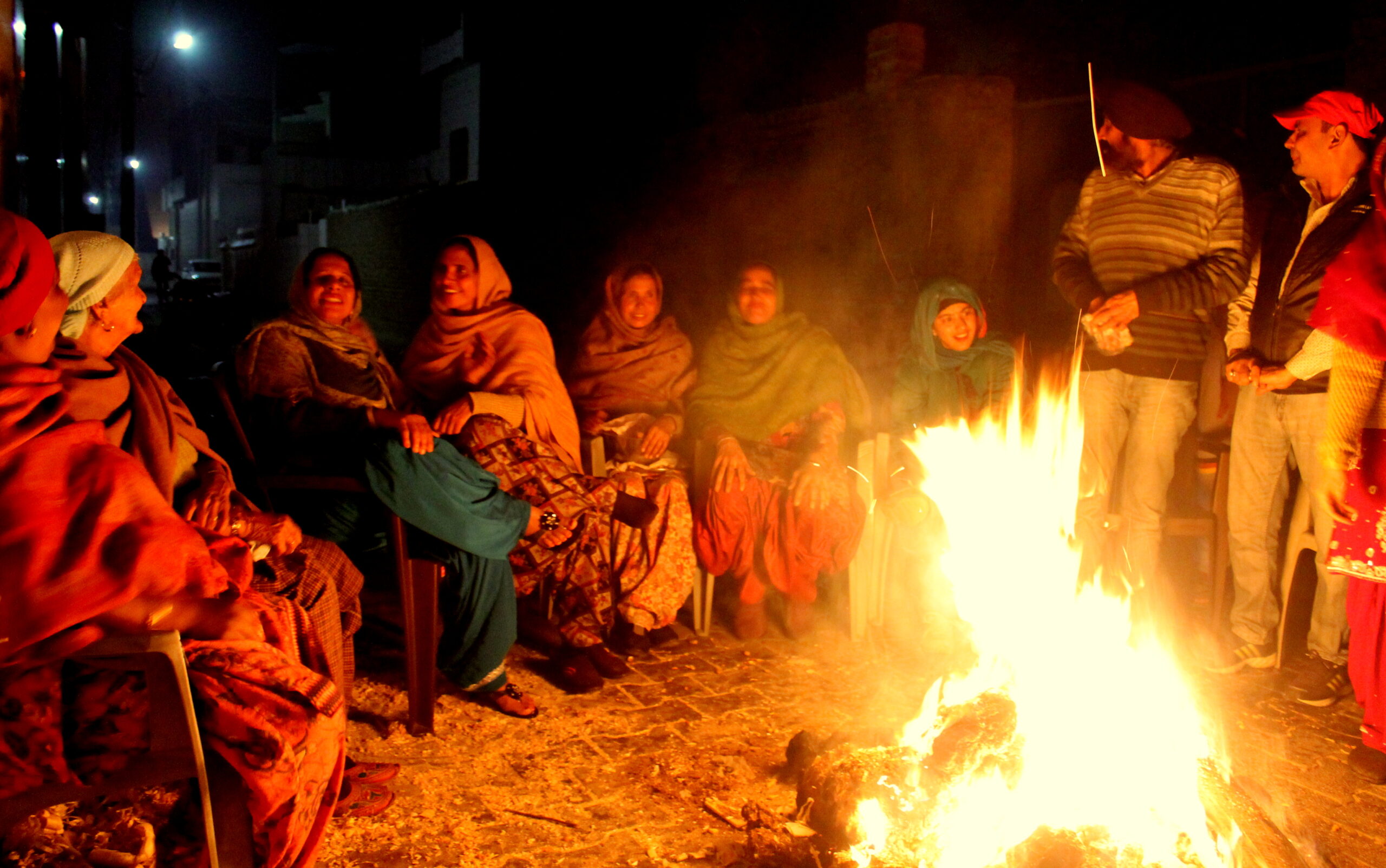Lohri, a traditional Punjabi festival, marks the end of winter and the arrival of longer days. Celebrated with great enthusiasm and fervor, it holds a special place in the hearts of people across North India. The festival, usually observed on the 13th of January, is a joyous occasion that brings communities together, creating a vibrant tapestry of music, dance, and delectable feasts.
Historical Significance:
Rooted in agrarian traditions, Lohri has agricultural significance. It is believed to celebrate the winter solstice when the days start getting longer, ensuring a bountiful harvest. Farmers express gratitude to the Sun God and the fertility of the land through various rituals.
Preparations and Bonfires:
The festival kicks off with the lighting of a massive bonfire, around which family and friends gather. This communal bonfire symbolizes the energy of the sun, and people toss sesame seeds, gur (jaggery), and rewri (sesame seed sweets) into it, chanting prayers for prosperity and well-being.
Traditional Attire and Folklore:
As part of the celebrations, people dress in vibrant traditional attire, singing folk songs and performing the energetic Bhangra and Gidda dances. Lohri is also associated with tales of Dulla Bhatti, a heroic figure who rescued girls from being forcibly taken to be sold in slave markets during Mughal times. His bravery is celebrated through songs sung during Lohri.
Feasting and Delicacies:
No festival is complete without indulging in mouthwatering delicacies, and Lohri is no exception. Families prepare a lavish spread of traditional Punjabi dishes, including sarson da saag (mustard greens curry), makki di roti (cornflat bread), and gur ki kheer (jaggery rice pudding). The warmth of the bonfire and the aroma of these delectable dishes create an atmosphere of joy and togetherness.
Distributing Prasad:
As a gesture of goodwill, families exchange Lohri Prasad, which typically includes sesame seeds, gur, and rewri. This exchange symbolizes the sharing of joy and abundance with loved ones, neighbors, and the less fortunate.
Modern Celebrations:
While deeply rooted in tradition, Lohri has evolved with time. Modern celebrations may include cultural events, Lohri melas (fairs), and even community service activities. The festival serves as a reminder of the rich cultural tapestry that binds communities together.
Conclusion:
With its lively celebrations and meaningful rituals, is a festival that embodies the spirit of joy, gratitude, and togetherness. Whether dancing around the bonfire, relishing traditional delicacies, or exchanging warm wishes, Lohri brings people closer, fostering a sense of community that transcends generations. As the flames of the bonfire reach for the sky, so does the spirit of Lohri, illuminating the hearts of those who partake in its festivities.

